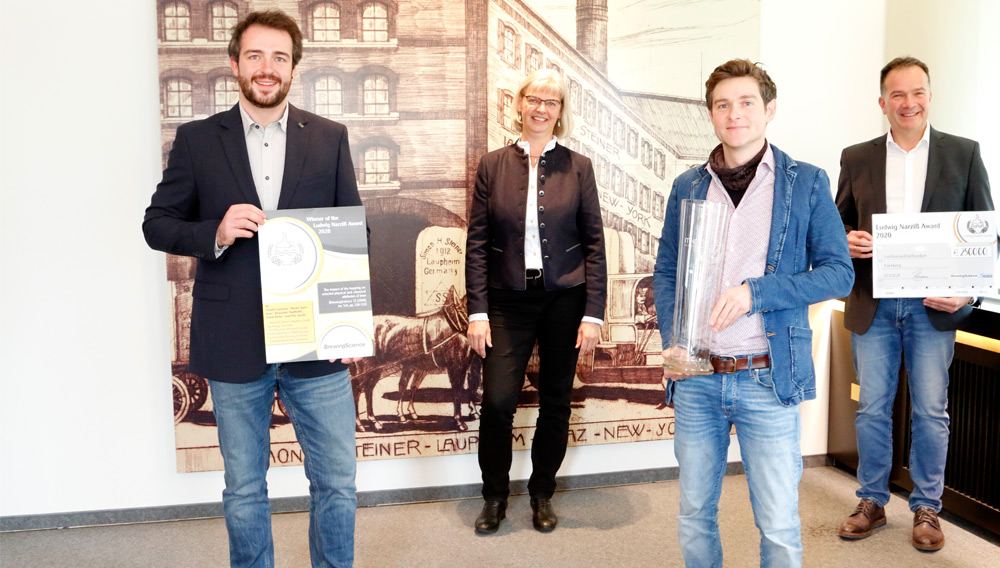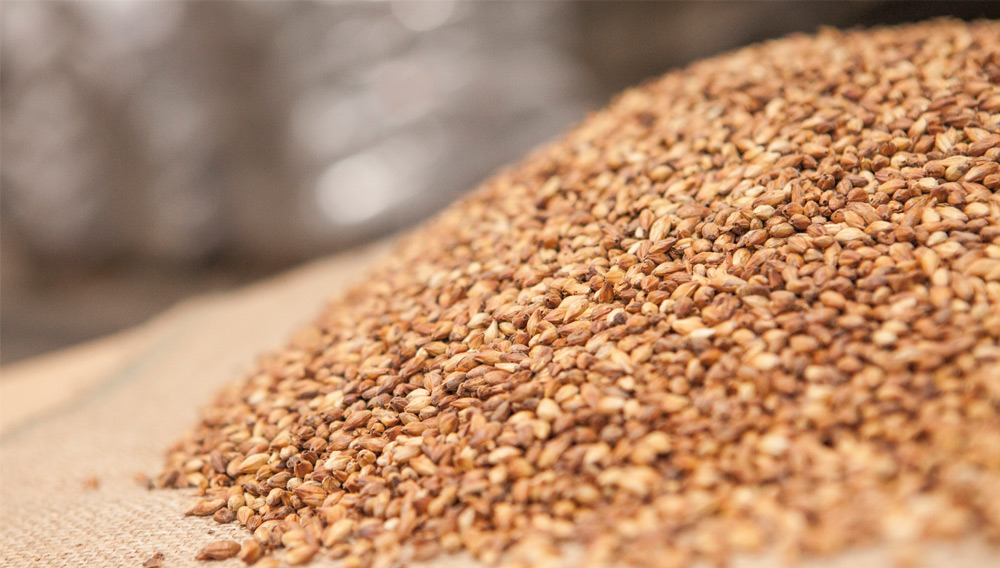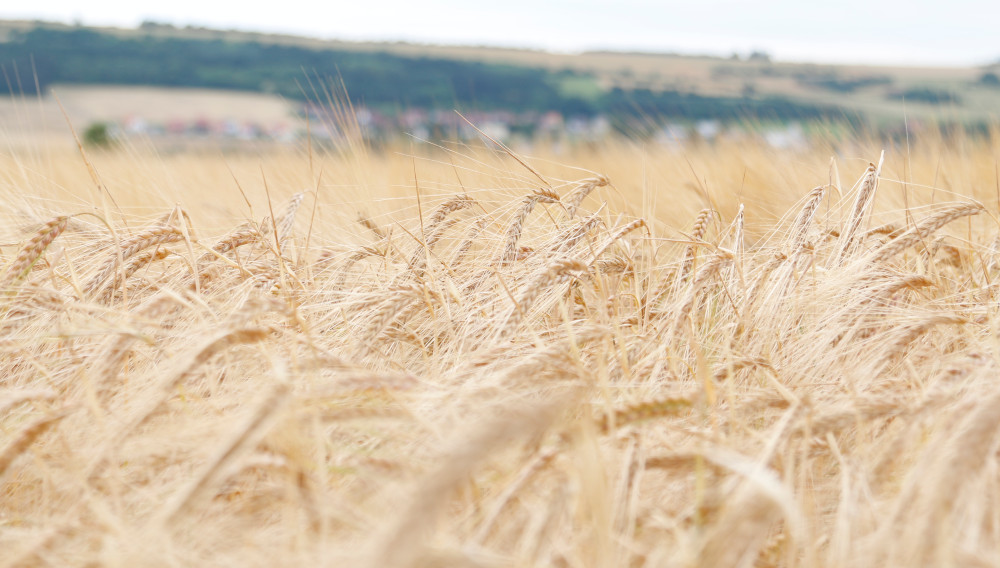
Facilitating Research | The Bühler Group has set an ambitious goal for itself: to minimize waste and to reduce water and energy usage by 50 percent in the value chains of its customers by 2025.
Palatia Malz GmbH is a leading German family-owned malting group founded in 1899 and now managed in the third generation.
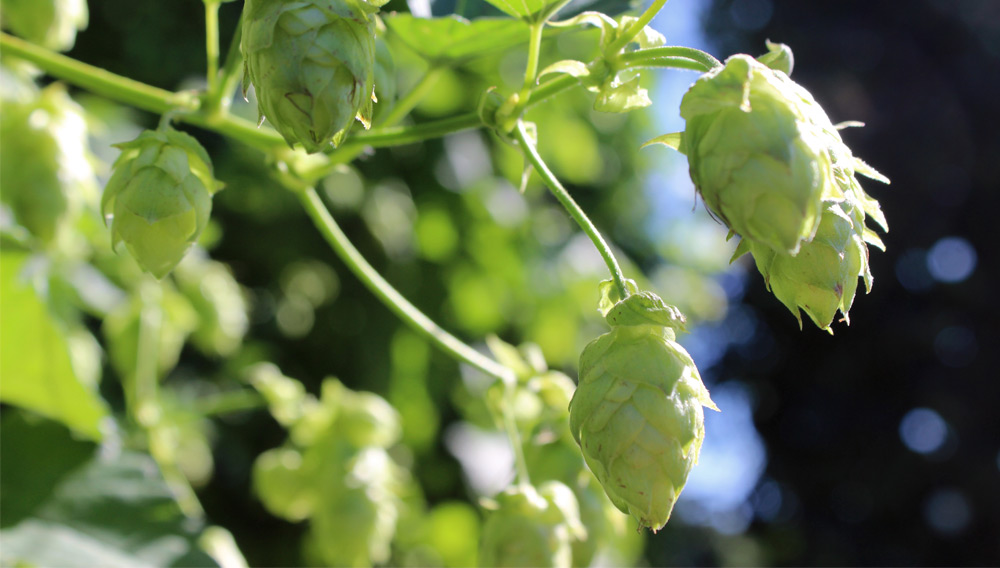
Sustainable solution | In the past, hops have been extracted with supercritical carbon dioxide up to a maximum pressure of 300 bar. This year, an extraction plant will be commissioned that will operate at 500 bar of pressure. The primary motivation behind increasing the pressure to 500 bar is the energy savings gained due to the enhanced properties of CO2 as a solvent at this pressure along with the greater contribution to sustainability. The hop extracts obtained at 500 bar are only slightly different than those extracted at 300 bar of pressure, which is the focus of this report.
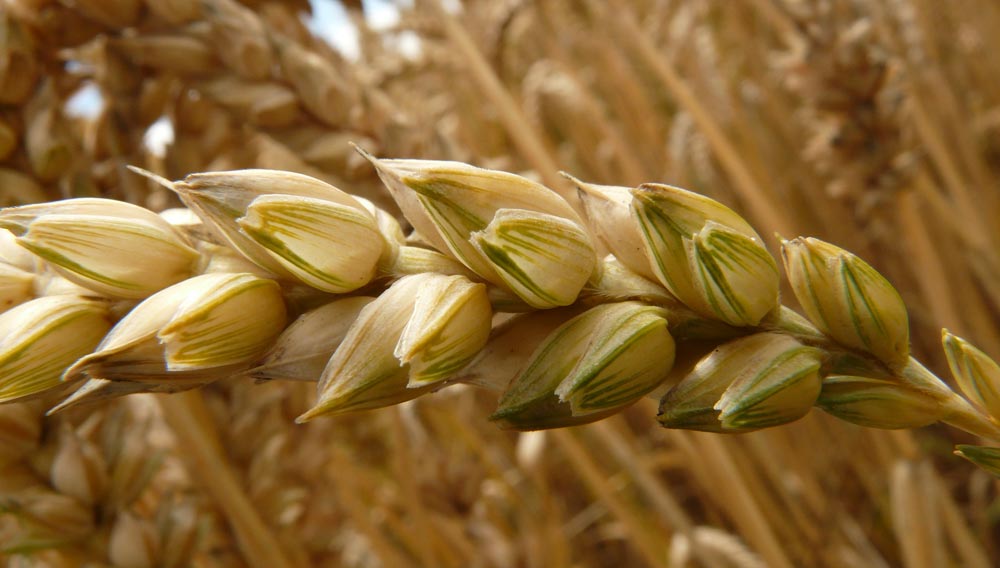
Gluten analysis | The methylotrophic yeast Pichia pastoris is a widely used organism for industrial production of a multitude of recombinant proteins. It is used in the project, presented here, for biosynthesis (gene expression) of gluten from wheat, barley and rye. Individual proteins produced in this way could, as reference material, make gluten analysis in the beverage sector more reliable, with a focus on the beer product. At the same time, it leads to a deeper understanding of P. pastoris as a production platform.
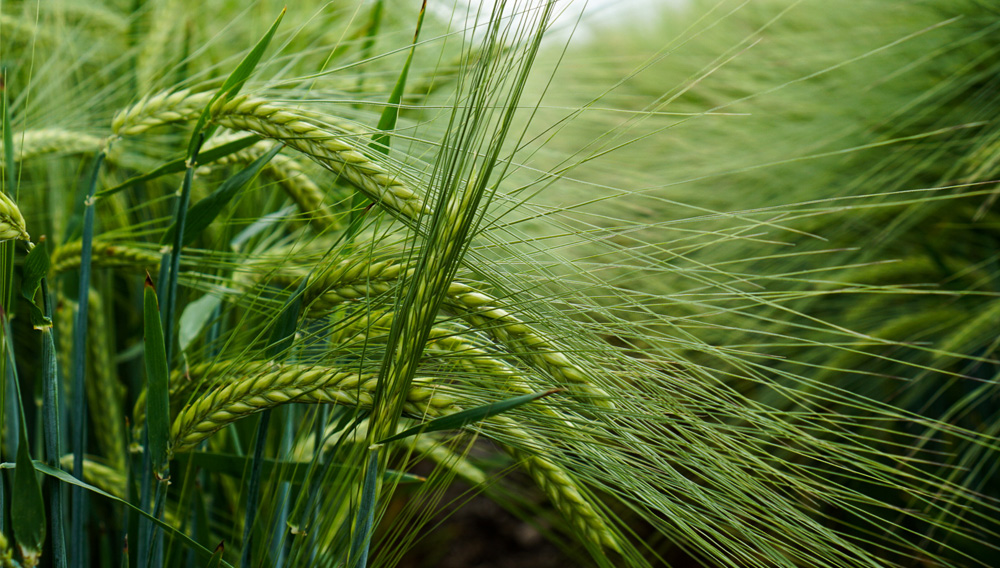
Local & collaborative | In the United States, farmers grow the majority of the nation’s malt-quality barley in the Northern Great Plains. However, as craft brewing continues to prosper across the Southeast, brewers are looking for ways to stand out with distinctive beers. For many, that means turning to local ingredients – and maltsters, farmers and researchers are stepping up to the challenge.
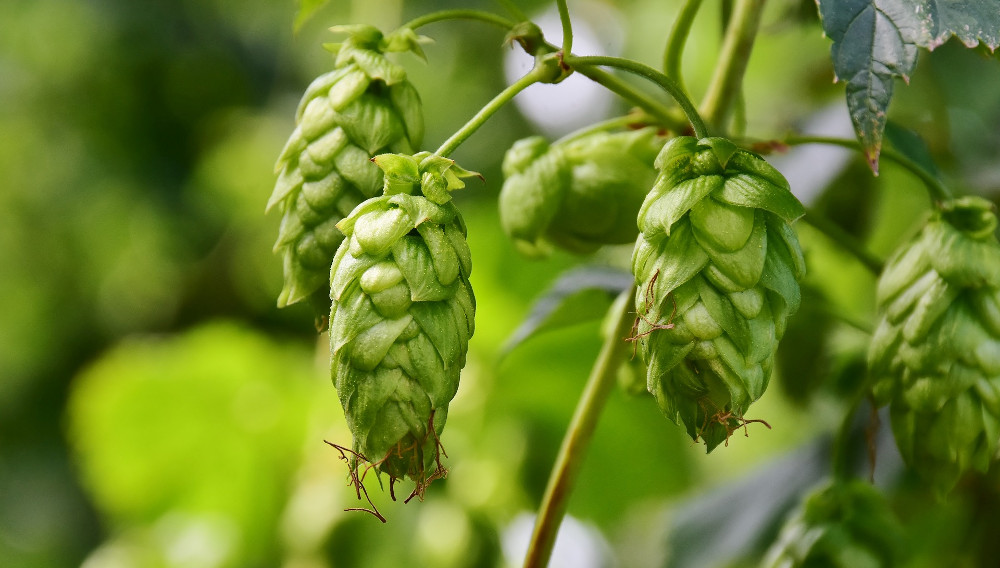
Argentinian hops | In the 1980s, Quilmes Brewing and Malting Company started its own hop breeding program in Argentina with the aim of developing new varieties adapted to the local agro-climatic environment and obtaining better yields. As a result, in the 1990s, the Mapuche and Traful varieties were registered, and another cultivar followed under the name of Nahuel in 2018. Due to the greater demand from craft breweries interested in hops with different aroma profiles, the growing areas and the yields of these varieties have been increasing over the last ten years.
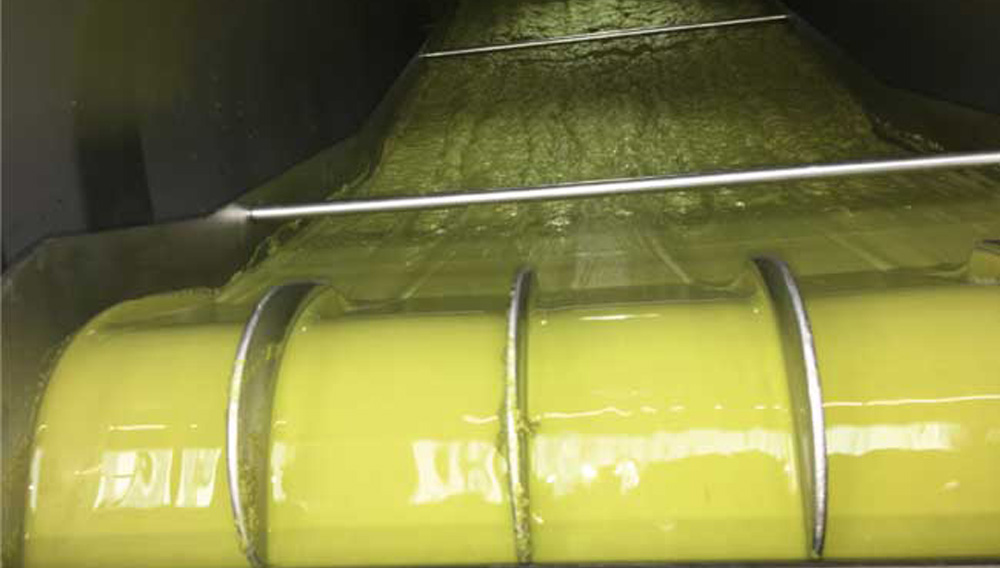
Gentle on the product | The BrauKon HopSteiner (already presented as BeerCleaner) is an economical alternative for the separation of hop trub particles. Without the need for additional drives, the system is gentle on the product and allows for a wide range of applications.
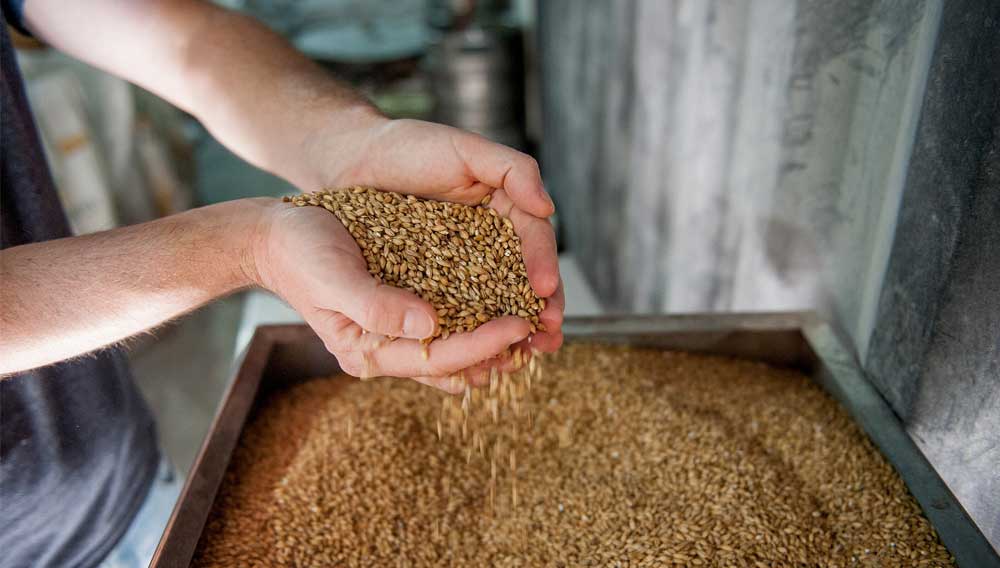
Session beers | The most overlooked flavor contribution to beer comes, perhaps surprisingly, from the largest portion of the mash, the base malt. Brewers often purchase their pale base malt in bulk and then use it for all of their beers as if the nature and character of the pale foundation grist had little effect on the taste of the final beer – at least compared to the specialty malts and the hops in the recipes. In reality, however, this is not the case.
Malting barley report | The spring barley harvest in Europe is heterogeneous this year. More acreage in some countries does not necessarily mean a larger supply of good quality batches. Nevertheless, there is an abundant supply of spring barley available. A corona conditioned smaller demand for beer affects the demand.
Collaboration with European Breweries | Yakima Chief Hops, Yakima, USA, a 100 % farmer owned global hop supplier, has teamed up with some of the leading breweries across Europe to help launch Talus™ HBC 692, the newly named hop from the Hop Breeding Company, developed in part by Yakima Chief Ranches.
New hypothesis | Isobutyric acid, isovaleric acid, and 2-methylbutyric acid, so-called branched chain fatty acids, originate from malts, hops, and yeast fermentation. Their origin and behaviour during the beer brewing process is very complex. Ethyl esters of branched chain fatty acids (ethyl isobutyrate, ethyl isovalerate, and ethyl 2-methylbutyrate) are formed during fermentation. It is assumed that these esters simply originate from corresponding fatty acids by esterification with ethanol. This study proposes a new hypothesis for a potential biotransformation pathway of these esters in beer. The following article summarises parts of the research results that have already been published in BrewingScience, 2019, issue 6: November/December.

